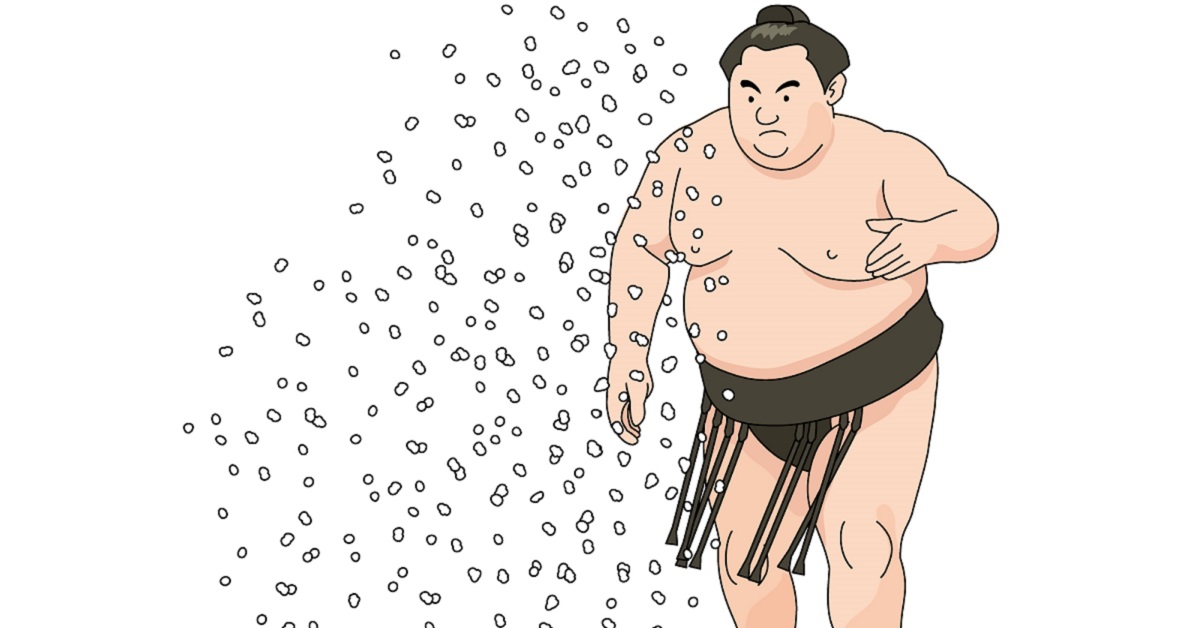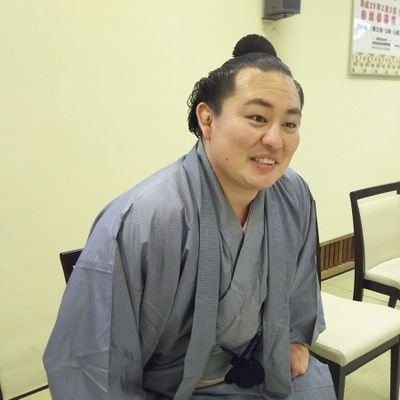Kadoban is the moment when an Ozeki must fight to protect his rank in professional sumo. If he suffers two consecutive losing tournaments, he is demoted, making kadoban one of the most intense and emotional turning points in a wrestler’s career. It embodies the spirit of Japanese tradition and the strength of human perseverance.
The Meaning and System of Kadoban
Kadoban represents an Ozeki’s final line of defense.
In the sumo hierarchy, results determine everything. If an Ozeki finishes a tournament with more losses than wins, the next tournament becomes his kadoban. Failing again means demotion. Thus, kadoban is a battle to protect one’s rank and reputation.
| Term | Meaning | Result |
|---|---|---|
| Kachikoshi (Winning record) | Achieving 8 or more wins | Maintains Ozeki rank |
| Makekoshi (Losing record) | 7 or fewer wins | Risk of demotion |
| Kairaku (Demotion) | Two consecutive losing tournaments | Demoted to Sekiwake |
The Ozeki rank stands just below Yokozuna (grand champion) and carries immense responsibility. Kadoban matches are not just about wins and losses—they are tests of perseverance, spirit, and leadership.
The Origin and Background of Kadoban
The word “Kadoban” is said to come from “Kaku” (bishop) in Japanese board games such as Go or Shogi.
The “kaku” occupies a vital position that can decide victory or defeat. In sumo, the Ozeki holds a similar role as a pillar of the banzuke (ranking list). Hence, a tournament where his position is at stake came to be called “kadoban.”
Sumo has been part of Japanese culture since the Edo period, where rank equaled reputation. For wrestlers, kadoban represents not just performance, but the struggle to defend years of effort, respect, and honor.
| Historical Era | Meaning | Modern Influence |
|---|---|---|
| Edo Period | Rank symbolized status and honor | Established the value of “fighting for pride” |
| Showa Era | Popular Ozeki drew public attention during kadoban | Television made kadoban a national spectacle |
| Modern Day | International wrestlers experience kadoban | Became a global symbol of sumo’s spirit |
Kadoban is both a cultural relic and a living tradition—a bridge between Japan’s past and present.
The Pressure on a Wrestler Facing Kadoban
A wrestler entering a kadoban tournament faces immense psychological pressure.
Every match carries the unspoken weight of “lose and you fall.” Physically, the Ozeki must be in peak condition; mentally, he must control fear and maintain confidence. Even a slight injury or loss of focus can decide his fate.
| Stage | Ozeki’s Mindset | Atmosphere in the Arena |
|---|---|---|
| Opening Day | Feeling out his form, cautious start | A mix of excitement and anxiety |
| Mid-Tournament | Growing tension as losses accumulate | The crowd becomes intensely focused |
| Final Day | “No retreat” mindset | The arena reaches peak emotion |
Kadoban is more than a competition—it’s a battle for identity.
Every bout becomes a life-defining moment. Victory brings redemption; defeat brings humility.
The Path to Regaining the Ozeki Rank
Even if an Ozeki is demoted after losing his kadoban tournament, it’s not the end of his career.
Sumo has a rehabilitation system allowing a former Ozeki to regain his rank by achieving 10 or more wins in the next tournament. This rule embodies sumo’s belief in second chances for those who keep fighting.
| Status | Requirement | Outcome |
|---|---|---|
| Demotion | Two consecutive losing tournaments | Falls to Sekiwake |
| Comeback Challenge | 10 or more wins next tournament | Regains Ozeki rank |
| Less than 10 wins | Insufficient result | Remains Sekiwake |
This system symbolizes sumo’s deep value: “Effort is never wasted.”
Wrestlers such as Kotoshogiku and Goeido have fallen to Sekiwake but fought their way back to Ozeki. Their determination inspired fans and demonstrated the power of perseverance.
Foreign Wrestlers and Kadoban
In recent decades, wrestlers from Mongolia, Georgia, Bulgaria, and Estonia have reached the Ozeki rank and faced kadoban as well. For them, it is not just a test of skill but a rite of passage into Japanese tradition.
Foreign wrestlers learn to embrace the values of discipline, respect, and humility that sumo demands. Their sincere behavior in training and in the ring has earned admiration from Japanese fans.
| Wrestler | Country | Kadoban Experience | Outcome |
|---|---|---|---|
| Baruto | Estonia | Yes | Recovered to form again |
| Terunofuji | Mongolia | Yes | Fell once, later became Yokozuna |
| Tochinoshin | Georgia | Yes | Continued fighting after demotion |
Their journeys prove that kadoban transcends nationality.
It is a universal story of courage, endurance, and rebirth, embodying the shared human spirit.
What Kadoban Reveals About the Essence of Sumo
Kadoban represents the soul of sumo—discipline, perseverance, and pride.
Victory and defeat are secondary to the spirit of confronting adversity. Wrestlers train relentlessly, respect their opponents, and face the crowd with composure. Fans, in turn, find inspiration in their dedication.
| Perspective | Meaning | Lesson |
|---|---|---|
| Mental | The courage to face challenges head-on | Never give up, no matter the odds |
| Technical | Precision and calm under pressure | Consistency breeds mastery |
| Cultural | Respect and gratitude toward others | Sumo reflects Japan’s moral core |
On the dohyo (ring), kadoban captures the beauty of struggle and sincerity—a glimpse of Japan’s timeless values expressed through competition.
Conclusion
Kadoban is the stage where an Ozeki’s honor, pride, and humanity are tested.
Win, and he protects his legacy. Lose, and he begins again.
That duality—of risk and redemption—is what makes sumo so captivating.
Understanding kadoban allows us to see sumo not merely as a sport, but as a mirror of life itself. Every wrestler on the dohyo embodies effort, gratitude, and resolve, values that resonate far beyond Japan.
Kadoban is a story of trial, pride, and rebirth.
And within that struggle lies the true heart of Japanese culture—the belief that strength is not in never falling, but in always rising again.





コメント